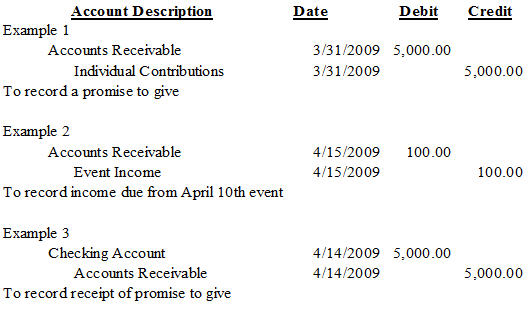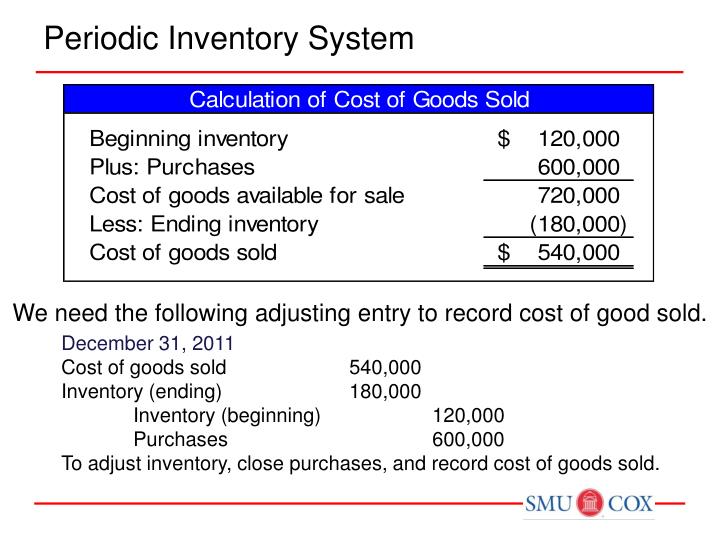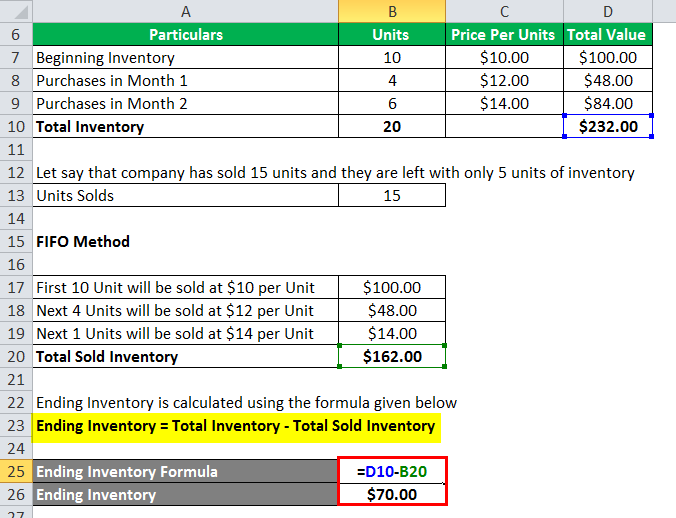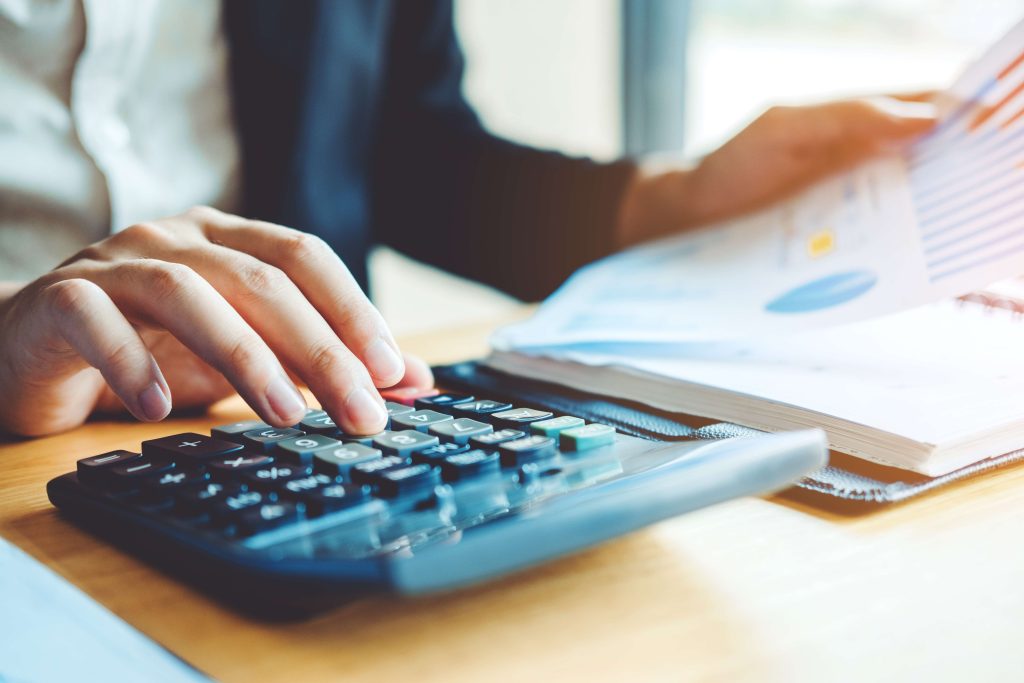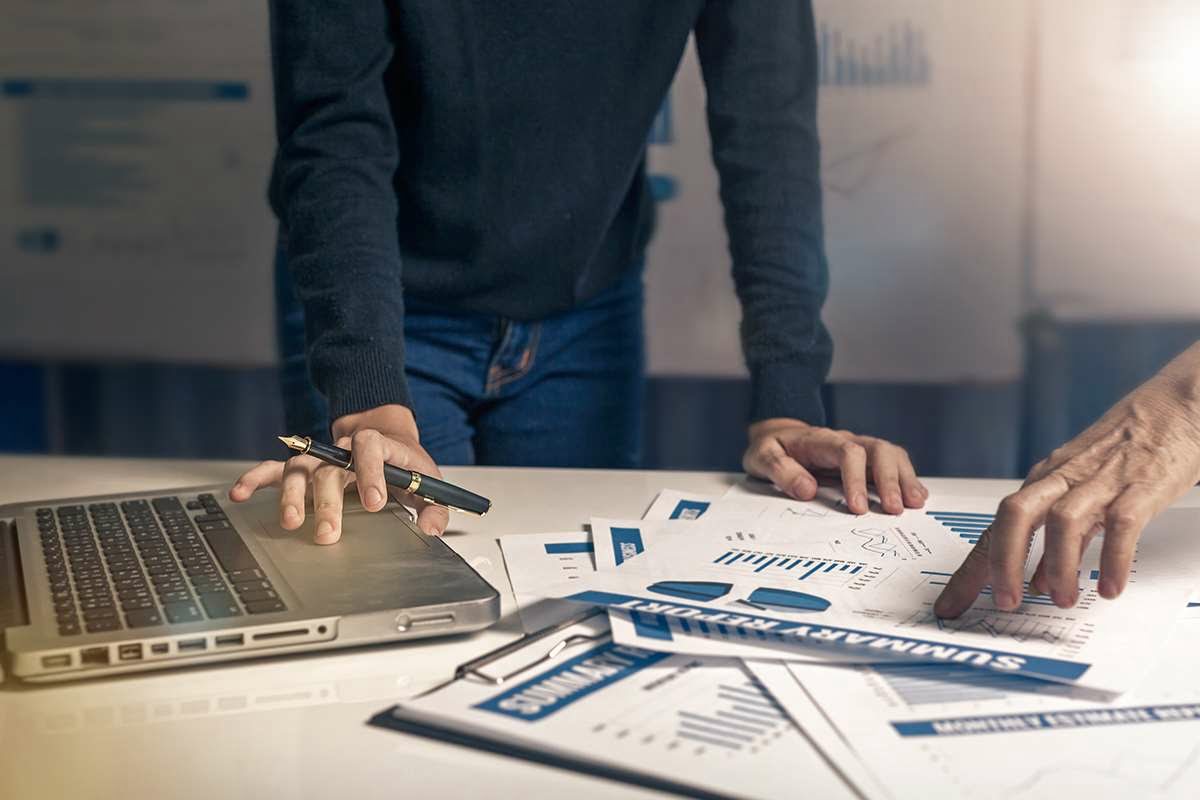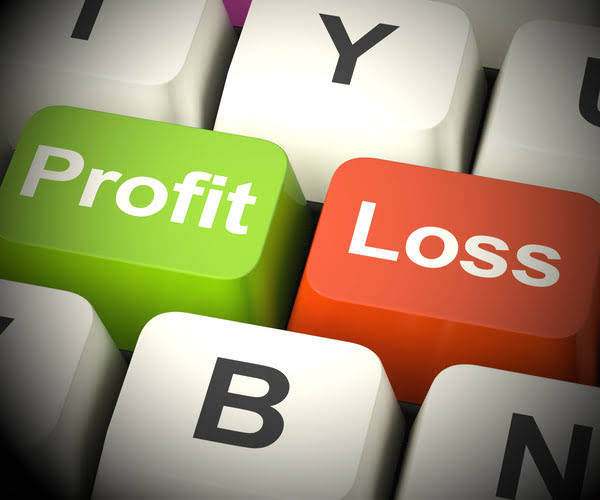Indeed, companies such as Inktomi, with high operating leverage, typically have larger volatility in their operating earnings and share prices. The bulk of this company’s cost structure is fixed and limited to upfront development and marketing costs. Whether it sells one copy or 10 million copies of its latest Windows software, Microsoft’s costs remain basically unchanged.
Degree of Operating Leverage Calculator
Steve’s Bike Co. has the $20 in variable costs, but invested $250,000 in a machine that will replace the employees for 5 years, no matter how many bikes they make. The majority of a company’s costs, such as rent, are fixed costs that occur each month regardless of sales volume. Fixed costs are covered and profits are earned as long as a company earns a significant profit on each sale and maintains an adequate sales volume. It suggests that through growing sales, the business can increase operating income. However, the company must also maintain reasonably high revenues to cover all fixed costs.
Degree of Operating Leverage
As a result, the overall earnings from stock and debt investors rise, increasing the future wealth of the shareholders. It is obvious that if a company employs debt and equity, its DOL or EBIT will progressively rise. However, the investors’ overall earnings stay the same in this instance. As I mentioned earlier, sales growth is one of the fundamental drivers of value for any company.
Operating leverage vs. financial leverage
Keep in mind that each industry will have different degrees of operating leverage. For example, comparing the operating leverage of Apple to GM is not a fair comparison, but comparing Apple to Microsoft is a more reasonable comparison. By increasing unit sales by 20%, we increased the bottom line from $1,530.00 to $2,516, a nominal increase of $986.00. 11 Financial is a registered investment adviser located in Lufkin, Texas.
With mixed capital, it is also seen that the firm’s Return on Equity rises significantly. Therefore, the researchers conclude that it is preferable for their firm’s structure to include both equity and loan capital. The manager must know a company’s capital structure, leverages, and appropriate use of stock and debt. Before looking at a formula, let’s explore some of the drivers of operating leverage. Using an example is best to explain why operating leverage is good for businesses. The graph above highlights some changes necessary to produce operating leverage, which we will explore immediately.
The degree of operating leverage is a formula that measures the impact on operating income based on a change in sales. It is considered to be high when operating income increases significantly based on a change in sales. It is considered to be low when a change in sales has little impact– or a negative impact– on operating income. Semi-variable or semi-fixed costs are partly variable and partly fixed. This means that they are fixed up to a certain sales volume, varying to higher levels when production and sales volume increase. A measure of this leverage effect is referred to as the degree of operating leverage (DOL), which shows the extent to which operating profits change as sales volume changes.
The degree of operating leverage can show you the impact of operating leverage on the firm’s earnings before interest and taxes (EBIT). Also, the DOL is important if you want to assess the effect of fixed costs and variable costs of the core operations of your business. By breaking down the equation, you can see that DOL is expressed by the relationship between quantity, price and variable cost per unit to fixed costs. If operating income is sensitive to changes in the pricing structure and sales, the firm is expected to generate a high DOL and vice versa.
This ratio summarizes the effects of combining financial and operating leverage, and what effect this combination, or variations of this combination, has on the corporation’s earnings. Not all corporations use both operating and financial leverage, but this formula can be used if they do. A firm with a relatively high level of combined leverage is seen as riskier than a firm with less combined leverage because high leverage means more fixed costs to the firm.
So, once Microsoft sells enough copies of Office to cover its upfront costs, every dollar afterward drops to the earnings or bottom line. This formula can be used by managerial or cost accountants within a company to determine the appropriate https://www.bookkeeping-reviews.com/ selling price for goods and services. If used effectively, it can ensure the company first breaks even on its sales and then generates a profit. This indicates that a 1% increase in sales would increase operating income by 3.22%.
Companies facing this will need to raise prices or work to reduce variable costs to bring operating leverage above 1. Unfortunately, unless you are a company insider, it can be very difficult to acquire all of the information necessary to measure a company’s DOL. Consider, for instance, fixed and variable costs, which are critical inputs for understanding operating leverage. It would be surprising if companies didn’t have this kind of information on cost structure, but companies are not required to disclose such information in published accounts. The degree of operating leverage (DOL) is a financial ratio that measures the sensitivity of a company’s operating income to its sales.
The contribution margin in percentage is calculated by dividing the contribution margin in dollars by the sales. When operating leverage is low and fixed costs are low, we can safely conclude that the break-even units a company must sell to avoid a no loss & no profit equation will be lower. Because some industries have higher fixed costs than others, it is critical to compare operating leverage between companies in the same industry. When sales increase, fixed assets such as property, plant, and equipment (PP&E) can be more productive without additional expenses, further boosting profit margins. Businesses with a low DOL will have greater variable costs due to increased sales; therefore, operating income won’t grow as sharply as it would for a business with a high DOL and lower variable costs.
The break-even point will be higher in this case because the fixed costs are higher. Profits may suffer if there is a downturn in the economy or the company has trouble selling its goods or services because of its high fixed costs, which won’t change no matter how much the business sells. A company’s fixed costs ratio relative to its overall costs is known as DOL. It assesses a company’s breakeven point, at which sales are sufficient to cover all costs and yield no profit.
John’s Software is a leading software business, which mostly incurs fixed costs for upfront development and marketing. John’s fixed costs are $780,000, which goes towards developers’ salaries and the cost per unit is $0.08. If a firm generates a high gross margin, it also generates a high DOL ratio and can make more money from incremental revenues. This happens because firms with high degree of operating leverage (DOL) do not increase costs proportionally to their sales.
Operating leverage is used to determine the breakeven point based on a company’s mix of fixed and variable to total costs. Operating leverage and financial leverage are two types of financial metrics that investors can use to analyze a company’s financial well-being. Financial leverage relates to the use of debt financing to fund a company’s operations. A company with a high financial leverage will need to have sufficiently high profits in order to pay off its debt obligations. One important point to be noted is that if the company is operating at the break-even level (i.e., the contribution is equal to the fixed costs and EBIT is zero), then defining DOL becomes difficult. In fact, the relationship between sales revenue and EBIT is referred to as operating leverage because when the sales level increases or decreases, EBIT also changes.
The direct cost of manufacturing one unit of that product was $2.50, which we’ll multiply by the number of units sold, as we did for revenue. Upon multiplying the $2.50 cost per unit by the 10mm units sold, we get $25mm as the variable cost. In practice, the formula most often used to calculate operating leverage tends to be dividing the change in operating income by the change in revenue. The majority of Microsoft’s costs are fixed, such as those for initial development and marketing. The company makes a profit for every dollar of sales above the break-even point, but Microsoft has high operating leverage. They now understand that the company has an operating leverage of 1.3.
Low-operating leverage companies may have higher variable, fixed costs but lower fixed costs. For example, mining businesses have the up-front expense of highly specialized equipment. Airlines have the expense of purchasing and maintaining their fleet of airplanes. Once they have covered their fixed costs, they have the ability to increase their operating income considerably with higher sales output.
Selling each additional copy of a software product costs little since the distribution is almost free, and no “raw materials” are required (just support costs, infrastructure/bandwidth, etc.). For example, software companies tend to have high operating leverage because most of their spending is upfront in product development. We can look at the DOL by studying it in comparison and collation with the Degree of Combined Leverage.
So, what exactly is operating leverage, and what does the operating leverage ratio indicate for your company? In this article, we define degree of operating leverage, calculate who might use it and why, and demonstrate two methods for calculating operating leverage with the examples and formula. An operating leverage under 1 means that a company pays more in variable costs than it earns from each sale. In other words, every additional product sold costs the business money.
Start with a free account to explore 20+ always-free courses and hundreds of finance templates and cheat sheets. Get instant access to video lessons taught by experienced investment bankers. Learn financial statement modeling, DCF, M&A, LBO, Comps and Excel shortcuts. An example of a company with a high DOL would be a telecom company that has completed a build-out of its network infrastructure. The catch behind having a higher DOL is that for the company to receive the positive benefits, its revenue must be recurring and non-cyclical.
This financial indicator illustrates how the company’s operating income will change in response to changes in sales. The DOL ratio helps analysts assess how any change in sales will affect the company’s profits. Operating margins are the key to a successful company because survival is not an option if the company isn’t producing operating profits at some point in its life cycle.
To optimize their revenues, businesses employ DCL to determine the appropriate degrees of operational and financial Leverage. As a result, the DCL formula won’t be helpful to those who don’t use both. However, because businesses with low DOLs typically have fewer fixed costs, they don’t need to sell as much to cover these expenditures. The study concludes that equity and debt must be carefully managed and large enough to cover Tata Motors’ fixed costs.
Tata Motors must therefore make the best possible use of its operating expenses to cover the effect of future changes in sales on its earnings before interest and taxes. According to studies and fixed expenses from annual reports, 2014–2015 and 2015–2016 had increases of 15.1% and decreases of 10%, respectively. Operating Leverage is calculated by dividing sales by earnings before interest and taxes (EBIT).
For these industries, an extra sale beyond the breakeven point will not add to its operating income as quickly as those in the high operating leverage industry. In fact, operating leverage occurs when a firm has fixed costs that need to be met regardless of the change in sales volume. Higher fixed costs lead to higher degrees of operating leverage; a higher degree of operating leverage creates added sensitivity to changes in revenue. More sensitive operating leverage is considered riskier since it implies that current profit margins are less secure moving into the future.
Since profits increase with volume, returns tend to be higher if volume is increased. The challenge that this type of business structure presents is that it also means that there will be serious declines in earnings if sales fall off. This does not only impact current Cash Flow, but it may also affect future Cash Flow as well. Fixed operating expenses, combined with higher revenues or profit, give a company operating leverage, which magnifies the upside or downside of its operating profit.
Instead of evaluating firms, compare your company to others in your field to determine whether you have a high or low DOL. Naturally, some industries have more expensive fixed expenses than others. This case study, collected from Researchgate.net, details how a management company’s operating and financial Leverage affect it. It also explains the firm’s degree of operating Leverage (DOL) and financial Leverage (DFL). Companies only create value when their operating profit exceeds their cost of capital; if those levels match or fall below, it is either destroying or not adding value. Another benefit to studying operating leverage is seeing management efficiency in action, better management in controlling costs, and focusing on efficiencies across the board will lead to better results.
We will use Microsoft and their latest annual report dated July 30, 2020, as our guinea pig. Emerging markets tend to be the most volatile but flatten out as they mature. A great example is the cell phone industry; early on, there were great sales and competition, but as saturation started to occur, the great growth companies such as Verizon enjoyed flattened out. Sales growth is far and away from the biggest driver of operating leverage and growth of the company. Now that the value of the house decreased, Bob will see a much higher percentage loss on his investment (-245%), and a higher absolute dollar amount loss because of the cost of financing. A company with a high DOL coupled with a large amount of debt in its capital structure and cyclical sales could result in a disastrous outcome if the economy were to enter a recessionary environment.
The degree of operating leverage is a method used to quantify a company’s operating risk. Therefore, operating risk rises with an increase in the fixed-to-variable costs proportion. One concept positively linked to operating leverage is capacity utilization, which is how much the company uses its resources to generate revenues. Increasing utilization infers increased production and sales; thus, variable costs should rise. If fixed costs remain the same, a firm will have high operating leverage while operating at a higher capacity. We may compute the operating leverage ratio using the company’s contribution margin because it is closely tied to the business’s cost structure.
In contrast, Walmart retail stores have low fixed costs but high variable costs, particularly for merchandise. Because Walmart sells a large number of items and pays in advance for each unit sold, its cost of goods sold rises as sales rise. Other company costs are variable costs that are incurred only when sales are made. This includes the cost of labor to assemble products as well as the cost of raw materials used to manufacture products. Some businesses earn less profit on each sale, but they can have a lower sales volume and still generate enough revenue to cover fixed costs.
Adam received his master’s in economics from The New School for Social Research and his Ph.D. from the University of Wisconsin-Madison in sociology. He is a CFA charterholder as well as holding FINRA Series 7, 55 & 63 licenses. He currently researches and teaches economic sociology and the social studies of finance at the Hebrew University in Jerusalem. These two costs are conditional on past demand volume patterns (and future expectations). Furthermore, another important distinction lies in how the vast majority of a clothing retailer’s future costs are unrelated to the foundational expenditures the business was founded upon. Companies with higher leverage possess a greater risk of producing insufficient profits since the break-even point is positioned higher.
- So, in the case of an economic downturn, their earnings may plummet because of their high fixed costs and low sales.
- 11 Financial is a registered investment adviser located in Lufkin, Texas.
- As a hypothetical example, say Company X has $500,000 in sales in year one and $600,000 in sales in year two.
Getting to the good stuff now, let’s go back to our diagram from above and dissect how to calculate operating leverage. Operating leverage is one of the more important considerations when analyzing a company, but it is one of the more underutilized ideas. The better operating leverage a company owns, the quicker it can scale up as it grows, and the lower the leverage; the opposite is true. Operating Leverage is controlled by purchasing or outsourcing some of the company’s processes or services instead of keeping it integral to the company.
However, in certain economic conditions, fixed costs that should theoretically lead to higher operating revenue actually reduce a company’s revenue. Due to the high amount of fixed costs in an organization with high DOL, a significant increase in sales may result in outsized changes in profitability. For example, if a company sells $10 and its operating margin is 50%, its operating profit is $5. But if the company’s sales grow to $20 and the operating margin remains the same, then the company’s profits will scale correspondingly to $10. However, if the company has operating leverage and the operating margin falls to 40%, then the company’s operating profit would grow to $12. Running a business incurs a lot of costs, and not all these costs are variable.
The financial leverage ratio is an indicator of how much debt a company is using to finance its assets. A high ratio means the firm is highly levered (using a large amount of debt to finance its assets). More capital is available to boost returns, at the cost of interest payments, how to create a management report in xero which affect net earnings. As stated above, in good times, high operating leverage can supercharge profit. But companies with a lot of costs tied up in machinery, plants, real estate and distribution networks can’t easily cut expenses to adjust to a change in demand.
High operating leverage means a high proportion of fixed costs compared to variable costs. Low operating leverage is having a low proportion of fixed operating costs compared to variable costs. For a variety of reasons, the degree of operating leverage is an important metric. Evaluating the DOL on a regular basis allows a company to assess its cost structure or current business model, allowing it to make useful changes to increase operating profits.
By comparing companies in the same sector, we can see if our particular company should expect margins to expand or contract as it matures. A company’s operating leverage translates revenue growth into operating income, or EBIT (earnings before interest and taxes). And that leverage also translates into the volatility of the operating income or operations of the company. Although revenues increase year-over-year, operating income decreases, so the degree of operating leverage is negative. This means that for a 10% increase in revenue, there was a corresponding 7.42% decrease in operating income (10% x -0.742). In other words, operating leverage predicts the effect of a change in sales on operating income.


